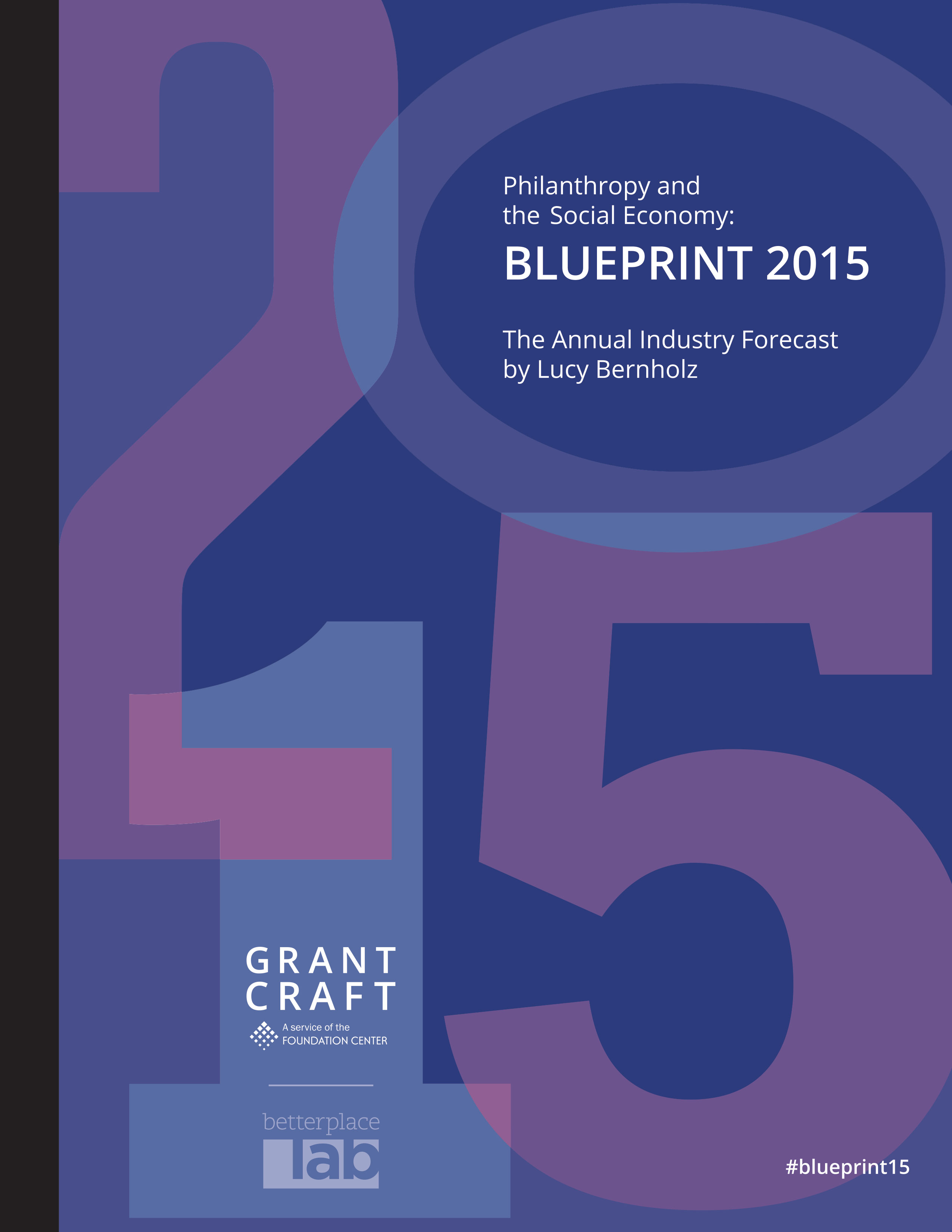Types of Funder Collaboratives
Funder collaboratives tend to fall into three broad types:
1. Learning Network is a group of funders who come together to hear what’s happening in a field or issue area, share information, and explore potential strategies for making more effective investments... not uncommon for pooled funds or strategic alignment networks to grow out of learning networks.
Example: Slingshot is a network of next generation funders in their 20s and 30s who wish to support innovative Jewish organizations and explore the Jewish world through a philanthropic lens. Together, they produce a guide, expressly modeled on the well-known Zagat restaurant guides, that highlights innovative grantee groups that have been screened for effectiveness. Slingshot members give collectively in order to leverage their gifts, but as time goes on, members often choose to increase their direct involvement with particular organizations as they become deeply passionate about them. A few years ago, the group established the Slingshot Fund, a pooled fund that supports creative organizations that might struggle to attract support from conventional funders. About 50 network members review nominated groups and make grant decisions.
2. Strategic Alignment Network is made up of funders who share a mission, strategize together, and work in concert to obtain publicity, traction, and impact — but who still do all their grantmaking independently. Some networks of this type create intermediary organizations or other structures to advance a strategy, which then receive support directly from network members. Membership in strategic alignment networks is often selective, with formal governance and contribution requirements.
Example: The Partnership for Higher Education in Africa is a collaborative of seven private, endowed foundations committed to advancing and advocating for African higher education. Foundation partners meet regularly to discuss and share funding strategies at their institutions, which work directly with higher education systems in Africa in ways that fit their mission and priorities. Grants are awarded independently by each foundation, using its normal mechanisms for review and decision making. There is limited pooled funding for joint activities such as convenings and consultant work. In the agreed on areas of joint grantmaking, however, each member makes a separate grant to the grantee to help reach an agreed-upon amount of partnership support. The partnership is staffed externally and has steering and executive committees, as well as working groups made up of foundation program officers.
3. A pooled fund is a “pot” of money toward which funders contribute and from which grant dollars (or program related investments) are disbursed. Money from the pot is used without distinguishing the original donor. The day-to-day work of the collaborative is often carried out by staff or consultants, with donors serving on steering committees, setting strategy, and making decisions. Pooled funds do many of the same things foundations do: analyze issues or fields to determine the most effective grantmaking strategies, assess potential grantees, and select grantees, etc.
Example: The Four Freedoms Fund advances immigration reform and immigrant civic engagement and integration. Now in its sixth year, the Fund makes grants to nonprofits in geographic areas with sizable or growing immigrant populations. Managed by an intermediary, Public Interest Projects (PIP), the Fund also offers multi-year capacity building funding and peer learning opportunities for grantees; builds their communications capacities; commissions research to identify strategic funding opportunities; and operates as a “link tank,” coordinating with other grantmakers and grantee networks. The Fund also connects its local and/ or state grantees to national grantees, and vice versa, encouraging better coordination among groups working on immigrant issues. The collaborative comprises a diverse group of donors, including small and local/state foundations (which must meet a base level of giving), as well as national foundations.
Takeaways are critical, bite-sized resources either excerpted from our guides or written by Candid Learning for Funders using the guide's research data or themes post-publication. Attribution is given if the takeaway is a quotation.
This takeaway was derived from Funder Collaboratives.


